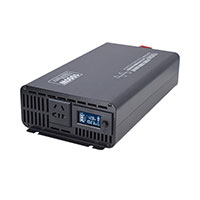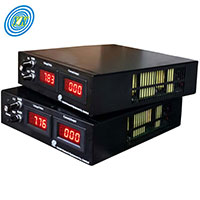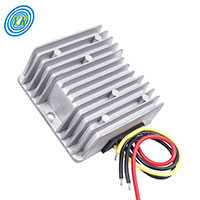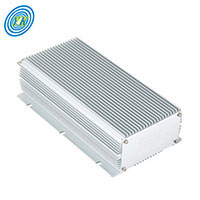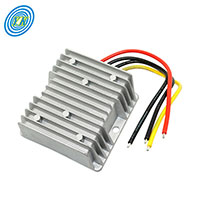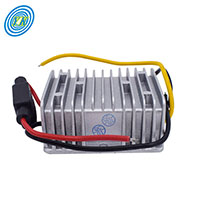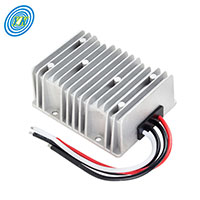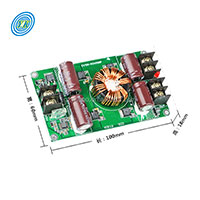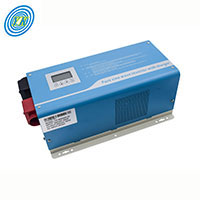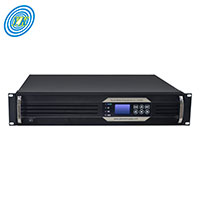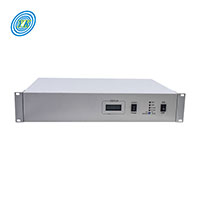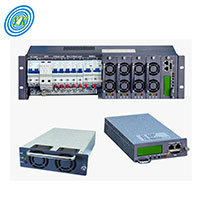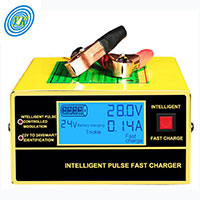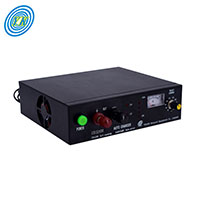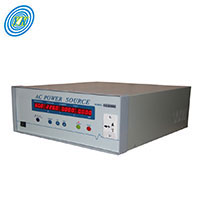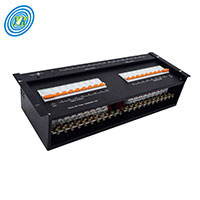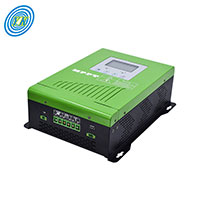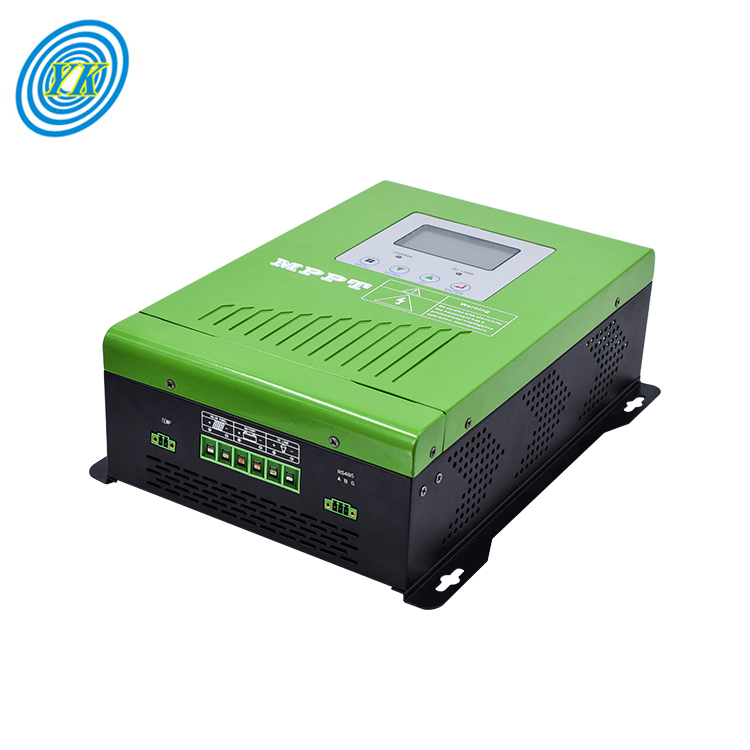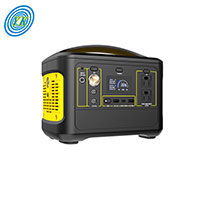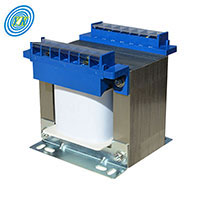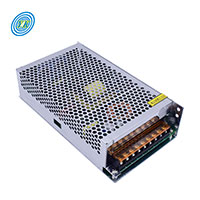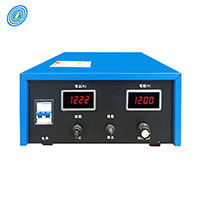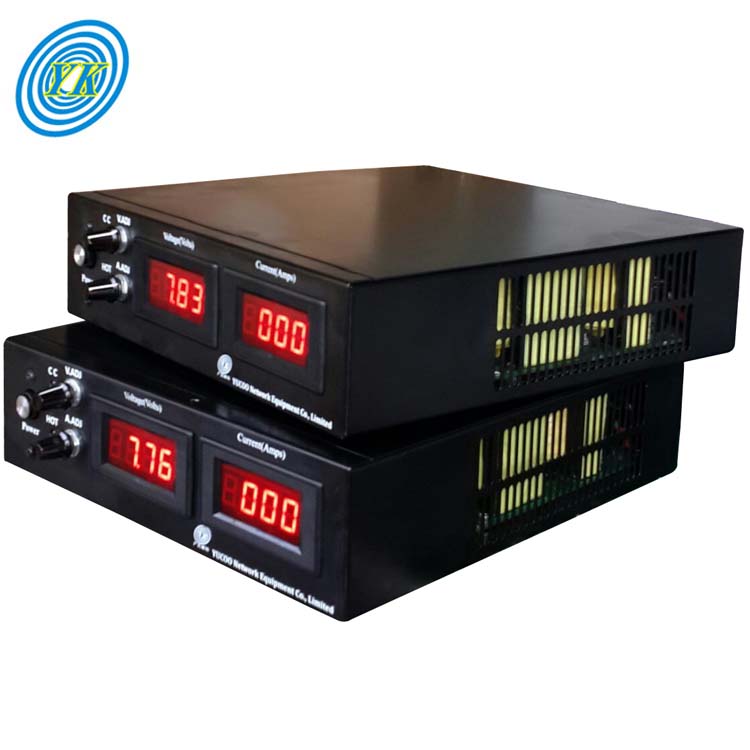
Maximizing Productivity and Comfort: The Benefits of Adjustable Power Devices
Click: 1169 Date: 07/03/2023 2::30::10 PM
Increasing Work EfficiencyEfficiency is crucial in today's fast-paced work environment where deadlines need to be met and productivity is a top priority. Finding ways to maximize work efficiency is essential for individuals and organizations alike. One effective method to achieve this is through the use of adjustable power devices that can significantly improve comfort and productivity.When individuals are comfortable in their workspace, they are more likely to be focused and able to perform at their best. Adjustable power devices, such as adjustable desks and chairs, allow individuals to customize their work environment to suit their specific needs. These devices provide the flexibility to adjust height, tilt, and other ergonomic settings, allowing for improved posture and reduced discomfort during prolonged sitting or physically demanding tasks.Moreover, adjustable power devices can greatly enhance work efficiency by reducing the risk of musculoskeletal disorders (MSDs). Sitting in the same position for extended periods can cause strain on muscles and joints, leading to pain and long-term health issues. With the ability to easily adjust their workstations, employees can minimize the potential for MSDs, ensuring continuity in their productivity and overall well-being.Productivity OptimizationProductivity optimization is the process of identifying and implementing strategies to enhance work output and efficiency. Incorporating adjustable power devices into the workspace is a key aspect of this optimization process. By providing employees with the tools they need to work comfortably, organizations can achieve higher productivity levels and foster a positive work environment.Adjustable desks, for instance, enable employees to switch between sitting and standing positions, reducing the sedentary nature of office work. Studies have shown that standing for a portion of the workday can lead to increased energy levels, improved concentration, and higher productivity. Furthermore, adjustable desks allow individuals to alternate positions, promoting blood circulation and preventing fatigue, leading to sustained productivity throughout the day.Another advantage of adjustable power devices is the ability to easily adapt the workspace to accommodate different tasks. Whether working on a computer, conducting meetings, or engaging in creative activities, employees can adjust their desks and chairs accordingly to optimize their working conditions. This adaptability ensures that the workspace is always suited to the task at hand, minimizing distractions and increasing overall productivity. Adjustable Equipment AdvantagesThe advantages offered by adjustable power devices extend beyond enhancing work efficiency and productivity. These devices bring several benefits that positively impact both employees and organizations as a whole.Firstly, investing in adjustable equipment demonstrates an organization's commitment to employee well-being. By prioritizing comfort and ergonomics, employers show that they value their employees and their overall health and satisfaction. This can lead to increased employee morale, loyalty, and reduced turnover rates.Secondly, adjustable power devices promote inclusivity in the workplace. Everyone has different physical attributes, such as height or body type, and adjustable equipment allows for personalization to suit individual needs. This inclusivity not only improves productivity by reducing discomfort and distractions but also fosters a diverse and inclusive work environment where all employees feel valued and supported.Lastly, adjustable power devices can have a positive impact on an organization's bottom line. Studies have shown that investing in ergonomic equipment can result in fewer sick days, reduced healthcare costs, and increased employee productivity, ultimately leading to improved financial performance.In conclusion, maximizing productivity and comfort through the utilization of adjustable power devices brings numerous benefits to individuals and organizations. From increasing work efficiency and optimizing productivity to promoting employee well-being and inclusivity, incorporating these devices into the workspace is a worthwhile investment. By prioritizing comfort and ergonomics, organizations can create a productive and supportive work environment that contributes to the overall success and growth of the company.
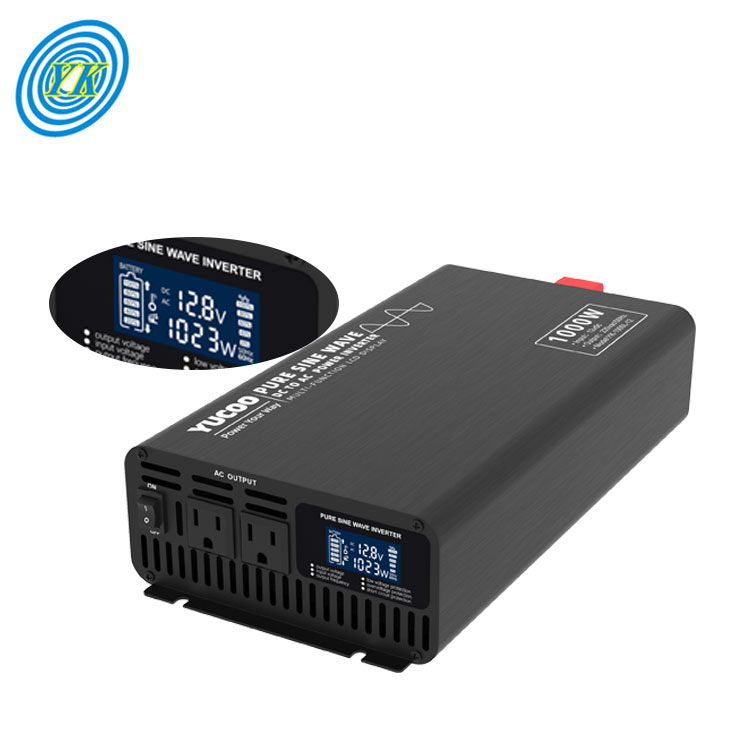
Click: 1293 Date: 06/30/2023 5::15::14 PM
As a key component of renewable energy sources, inverters are widely used in solar and wind energy systems, providing a critical interface between the DC power source and the AC grid Inverters have also become a critical component of uninterruptible power supply (UPS) systems, converting DC battery power into AC power during power outages and blackouts. Furthermore, inverters are used in numerous industrial and consumer applications, ranging from motor drives and electric vehicles to air conditioners and refrigerators.The basic function of an inverter is to convert DC power into AC power by manipulating the voltage, frequency and waveform characteristics of the output signal. The most common type of inverter is the pulse width modulation (PWM) inverter, which uses high-frequency switching devices, such as insulated gate bipolar transistors(IGBTs) or metal-oxide-semiconductor field-effect transistors(MOSFETs), to control the magnitude and duration of the output voltage pulses. By varying the pulse width and frequency the PWMinverter can generate an AC waveform that closely approximates a sinusoidal waveform. In addition to PWM inverters, other types of inverters include square wave inverters, modified sine wave inverters and pure sine wave inverters. Square wave inverters generate a square wave AC output, which is not suitable for most applications due to its high harmonic content and potential forelectromechanical interference. Modified sine wave inverters generate an AC output that approximates a sine wave, but with lower harmonic distortion and voltage amplitude. However, pure sine wave inverters are the most efficient and reliable, producing a clean, high-quality AC waveform that is nearly identical to utility power. One of the key challenges in inverter design is achieving high efficiency and power density while minimizing cost and size. This requires careful selection of components, such as high-voltage capacitors, magnetic cores, and cooling systems, as well as advanced control algorithms and energy storage systems. In addition, inverters must meet stringent safety and reliability standards, such as UL and lEC certifications, and comply with grid interconnection requirements, such as UL 1741 and IEEE 1547. Overall, inverters are essential for the efficient and reliable operation of renewable energy systems and other applications that require AC power. As technology advances, inverters will continue to play a critical role in the transition to a more sustainable and resilient energy future.
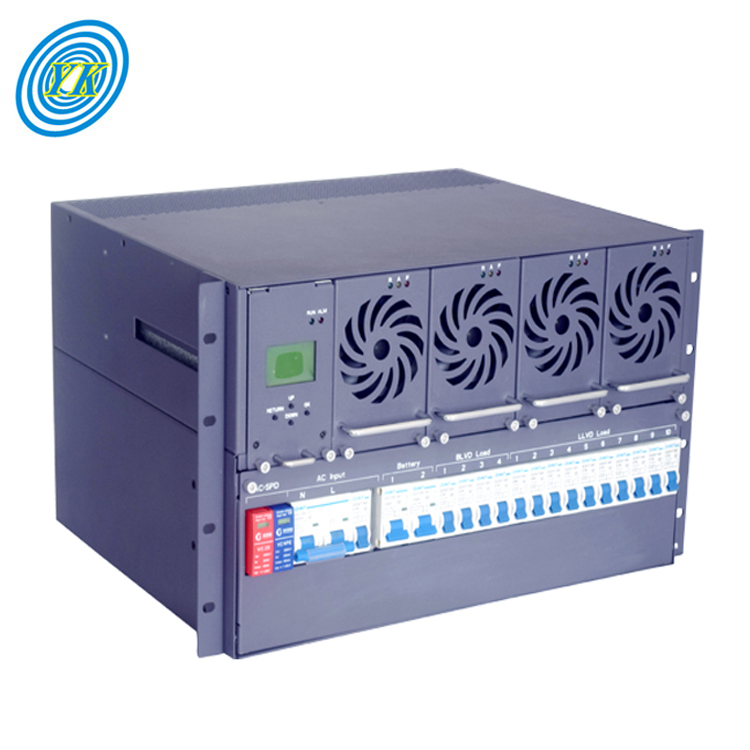
Click: 1290 Date: 06/29/2023 10::22::19 AM
Rectifier system (FAQ)Q: What is a rectifier system?A: A rectifier system is a device or a circuit that converts alternating current (AC) into direct current (DC). It uses diodes to allow the flow of current in only one direction, thereby converting the alternating voltage to a constant voltageQ: What are the applications of rectifier systems?A: Rectifier systems are commonly used in various electronic devices and systems. Some of the applications include power supplies for electronic devices, battery charging systems motor control systems, renewable energy systems, and more.Q: What are the types of rectifier systems?A: There are mainly two types of rectifier systems: half-wave rectifiers and full-wave rectifiers. Half-wave rectifiers convert only one half of the AC wave into DC, while full-wave rectifiers convert both halves of the AC wave into DC.Q: What are the advantages of using rectifier systems?A: Rectifier systems offer several advantages, including the conversion of AC to DC, which is required for many electronic devices. They also provide a consistent and stable DC voltage output, which is essential for the proper functioning of electronic components.Q: Are rectifier systems energy-efficient?A: Rectifier systems can be energy-efficient, depending on the design and components used. Modern rectifier systems often incorporate advanced technologies such as pulse width modulation (PWM) and active power factor correction (PFC) to improve energy efficiencyQ: Are there any safety concerns with rectifier systems?A: Rectifier systems deal with high voltages and currents, so proper safety precautions should be taken while installing or working with them. lt is important to follow the manufacturer's guidelines, use appropriate protective equipment, and ensure proper grounding to prevent electrical hazards.Q: Can rectifier systems be used in conjunction with other power conversion devices?A: Yes, rectifier systems can be used in combination with other power conversion devices such as inverters or converters to achieve different voltage or frequency levels as required by the specific application.Q: How can I choose the right rectifier system for my application?A: Selecting the right rectifier system depends on factors such as the required voltage and current levels the type of load being powered, efficiency requirements, and other specific application needs.lt is recommended to consult with a knowledgeable professional or refer to the manufacturer's specifications and guidelines for proper selection.Q: What maintenance is required for rectifier systems?A: Regular inspections,cleaning and preventive maintenance are essential for ensuring the optimal performance and longevity of rectifier systems. This may include checking for any loose connections,replacing worn-out components, and monitoring the system's overall efficiency and performance.Q: Can rectifier systems be repaired or replaced if a fault occurs?A: In case of a fault or malfunction rectifier systems can often be repaired by replacing faulty components or diodes. However, depending on the severity of the damage, it might be more cost-effective to replace the entire system. lt is recommended to consult a qualified technician or contact the manufacturer for guidance in such situations.
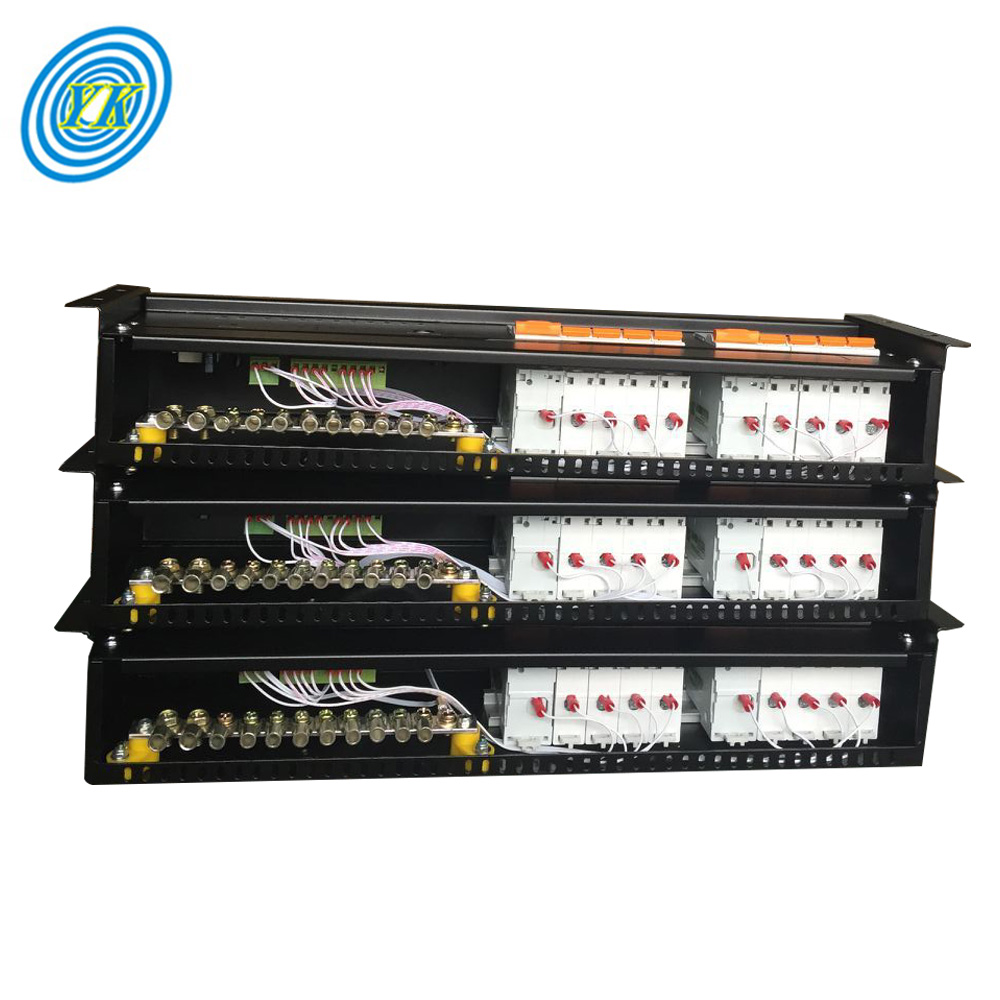
Click: 1398 Date: 06/16/2023 4::34::59 PM
A Power Distribution Unit (PDU) is a device designed to manage and distribute electrical power to multiple devices within a data center or equipment rack. PDUs are used to provide power to servers, storage systems, networking equipment, and other devices within a data center. What are the types of PDUs available?There are mainly three types of PDUs available:1. Basic PDU: Basic PDUs provide power distribution to equipment without any additional monitoring or control features2. Metered PDU: Metered PDUs measure and display the amount of power being used by connected devices. lt helps to monitor the usage of power and prevent overloading.3. Intelligent PDU: Intelligent PDUs provide advanced monitoring and control features such as remote access, environmental monitoring, and automation of power management.What are the benefits of using PDUs?The key benefits of using PDUs are:1. Efficient power distribution: PDUs help to distribute power efficiently to multiple devices within a data center.2. Easy installation: PDUs are designed to install easily and quickly into server racks, reducing the deployment time.3. Enhanced safety: PDUs help to monitor the power distribution to prevent overloading and short circuits, which can cause damage to equipment and personnel.4. Remote management: Intelligent PDUs allow remote access and monitoring, reducing the need for physical access to individual devices5. Reduced power consumption: Metered and intelligent PDUs help to optimize the power usage, reducing the overall power consumption and cost.What are the factors to consider while selecting a PDU?The key factors to consider while selecting a PDU are:1. Load capacity: The PDU should have sufficient capacity to support the power requirements of the connected devices.2. Type of PDU: The type of PDU should be selected based on the specific requirements and features needed3. Mounting options: The PDU should be compatible with the mounting options available within the data center or equipment rack.4. Management features: The PDU should have the required monitoring and management features to achieve the desired level of control and automation.5. Price and cost: The cost and price of the PDU should be considered in relation to the overall budget and return on investment (ROl) for the data center or equipment rack.In conclusion, PDUs are an essential component of any data center or equipment rack, providing efficient power distribution and monitoring to multiple devices. Selecting the right PDU based on the requirements and features needed is crucial to optimizing power usage, reducing costs and enhancing safety.
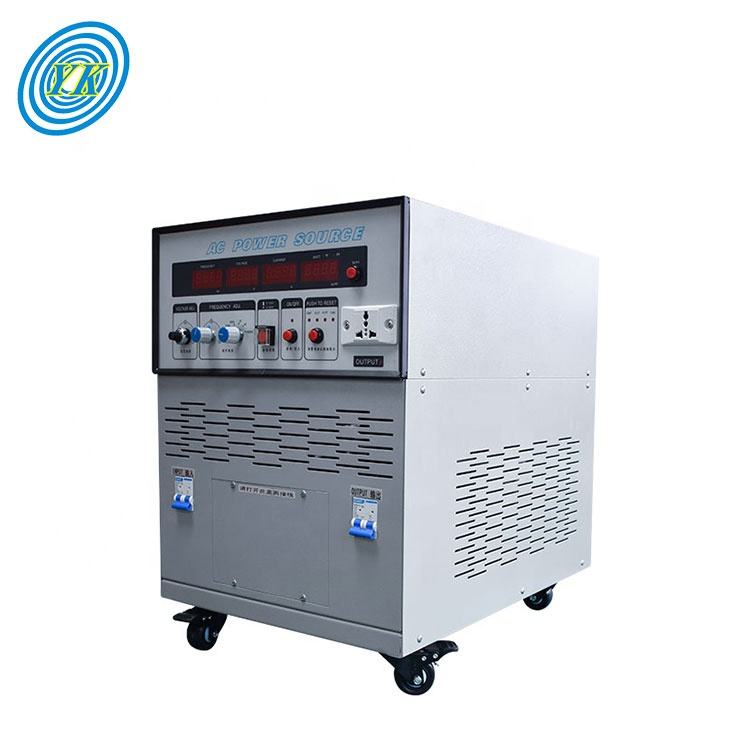
Informations about frequency converter
Click: 1275 Date: 06/15/2023 5::01::59 PM
Frequency converter is a device that converts electrical power from one frequency to another. lt is widely used in various applications such as industrial automation, HVAC (heating, ventilation, and air conditioning), and renewable energy systems. In this article, we will provide an overview of the frequency converter and its basic working principle. Basic Working Principle The basic working principle of the frequency converter is to convert the input electrical power from a fixed frequency to a variable frequency. This is achieved through an electronic circuit that controls the voltage and frequency of the input power. The circuit consists of several power electronics components such as IGBTs (insulated-gate bipolar transistors), diodes, capacitors, and inductors. These components are controlled by a microprocessor that monitors the input power and adjusts the output voltage and frequency accordingly.ApplicationsFrequency converter is used in a wide range of applications such as:1. Industrial Automation - Frequency converters are used to control the speed of electric motors in various industrial processes such as conveyors,pumps compressors, and fans. By controlling the motor speed, the process can be optimized for energy efficiency reduced wear and tear, and improved performance.2. HVAC - Frequency converters are used in HVAC systems to control the speed of air conditioning and ventilation fans. By controlling the fan speed, the system can be optimized for energy efficiency and improved air quality.3. Renewable Energy - Frequency converters play a key role in renewable energy systems such as wind turbines and solar inverters. They are used to convert the variable frequency power generated by these systems into a fixed frequency suitable for the grid.AdvantagesFrequency converters offer several advantages such as:1. Energy Efficiency - By controlling the motor or fan speed, frequency converters can reduce energy consumption and save costs.2. Smooth Operation -Frequency converters provide smooth and precise control of the motor or fan speed, reducing wear and tear and improving performance.3. Cost Savings - Frequency converters can eliminate the need for mechanical speed control devices such as gears and pulleys, saving installation and maintenance costs.In conclusion, frequency converter is an important device used in various applications such as industrial automation, HVAC, and renewable energy systems. It offers several advantages such as energy efficiency, smooth operation, and cost savings. With advancements in power electronics technology frequency converters are becoming more efficient, reliable, and affordable, making them an essential component in modern electrical systems.
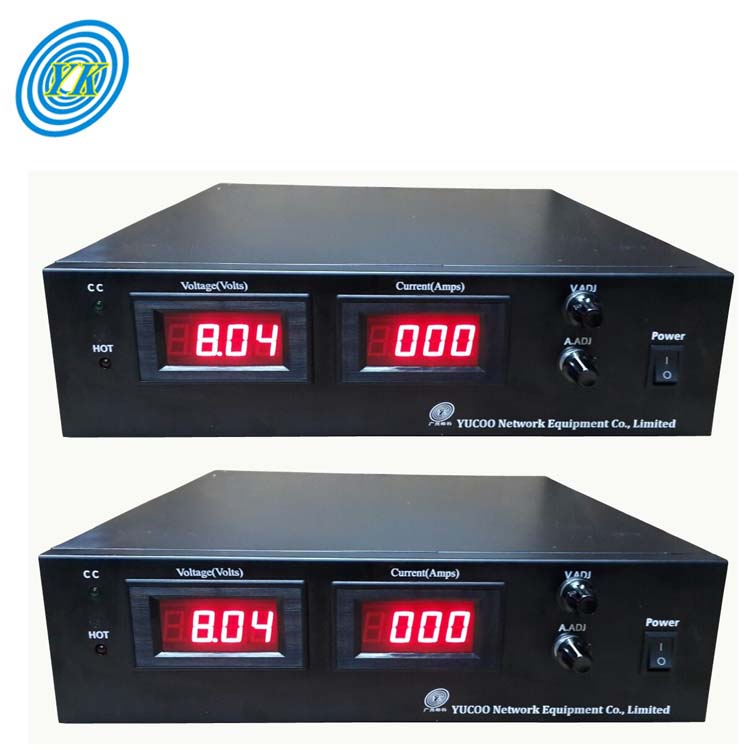
The positive impact of adjustable power supply on people’s lives
Click: 1199 Date: 06/14/2023 4::20::23 PM
Adjustable power supplies have become an essential part of modern life. They have a significant positive impact on the economy, the environment, and people's daily lives. One of the most significant advantages of adjustable power supplies is their efficiency. They minimize energy waste by providing precise control over voltage and current output. This means that electronic devices and appliances can operate more efficiently, reducing the overall power consumption. This has a profound impact on the environment, reducing emissions from power plants and conserving natural resources. Furthermore, adjustable power supplies are essential for the economy. They enable the development of high-tech industries like telecommunications computing, and medical devices. Adjustable power supplies are integralto these industries because they provide stable and precise voltage and current output. This allows the devices to operate efficiently and reliably, increasing productivity and profits. In addition to their economic and environmental benefits,adjustable power supplies help improve people's daily lives. They are used in various medical equipment to power deviceslike electrocardiographs, monitors, and ventilators. These devices require stable and precise voltage and current output to function correctly, which makes adjustable power supplies the ideal choice.In conclusion, adjustable power supplies have a positive impact on the environment, the economy, and people's daily lives. They enable high-tech industries to thrive, reduce power consumption, and improve the reliability of essential medical equipment. With the continued development of adjustable power supplies, we can look forward to a more efficient, sustainable, and prosperous future.
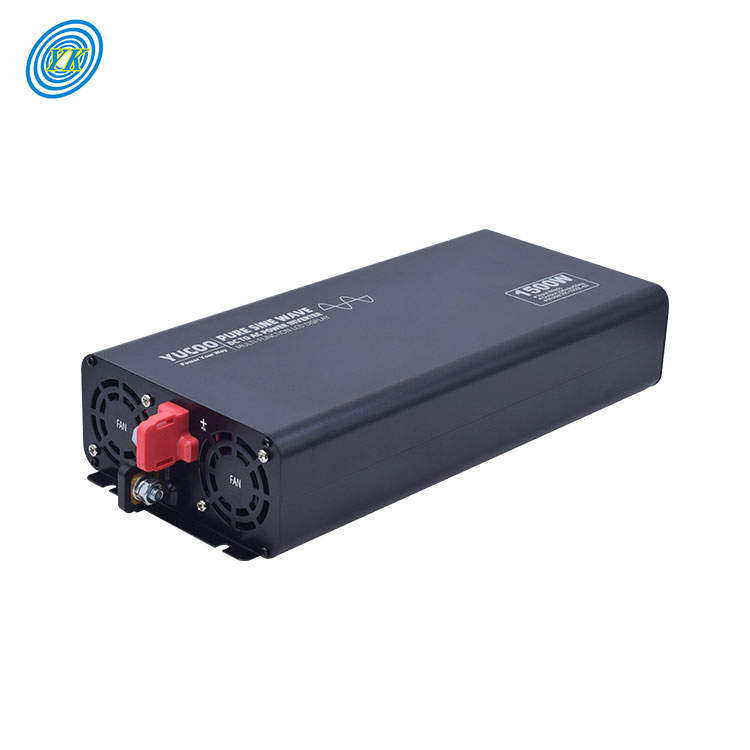
How does the inverter change people’s lives?
Click: 1321 Date: 06/13/2023 4::33::03 PM
Inverters have revolutionized the lives of people across the world, making electricity more accessible and affordable. Inverters are electronic devices that convert direct current (DC) to alternating current (AC). They are used in a wide range of applications,from solar power systems to telecommunications equipment and consumer electronics. The most significant impact of inverters has been in the area of solar power systems. In older solar systems DC generated by the panels was stored in batteries and later converted to AC using a battery-based inverter. This was an inefficient and costly process that required frequent maintenance and battery replacements. However, with the introduction of string inverters and microinverters, solar panels can now be directly connected to the power grid without the need for a battery. Inverters have also made it easier to power homes and businesses in areas with unreliable power supply. By using an inverter, people can switch to backup power during blackouts, allowing them to continue with their activities without interruptions. This has been particularly helpful in hospitals, schools, and other critical facilities where continuous power supply is essential. Moreover, inverters have facilitated the use of renewable energy sources such as wind and solar power. With an inverter the power from these sources can be converted into AC, which can then be used to power homes and businesses. This has helped to reduce reliance on non-renewable energy sources and cut down on carbon emissions, contributing to a greener and more sustainable planet.In addition, inverters have made it easier to use electronics and appliances that require AC power. This includes computers, televisions, fridges, air conditioners, and other consumer electronics. With an inverter, people no longer have to rely on expensive generators or spend long hours in queues at the electricity distribution companies. This has improved the quality of life for people in remote areas and those with limited access to electricity.In conclusion, inverters have brought about significant changes in the way people live and work today.From powering solar panels to providing backup power and enabling the use of renewable energy sources,inverters have made electricity more accessible and affordable. As technology continues to advance, it is likely that inverters will continue to play a critical role in shaping the future of power generation and distribution.
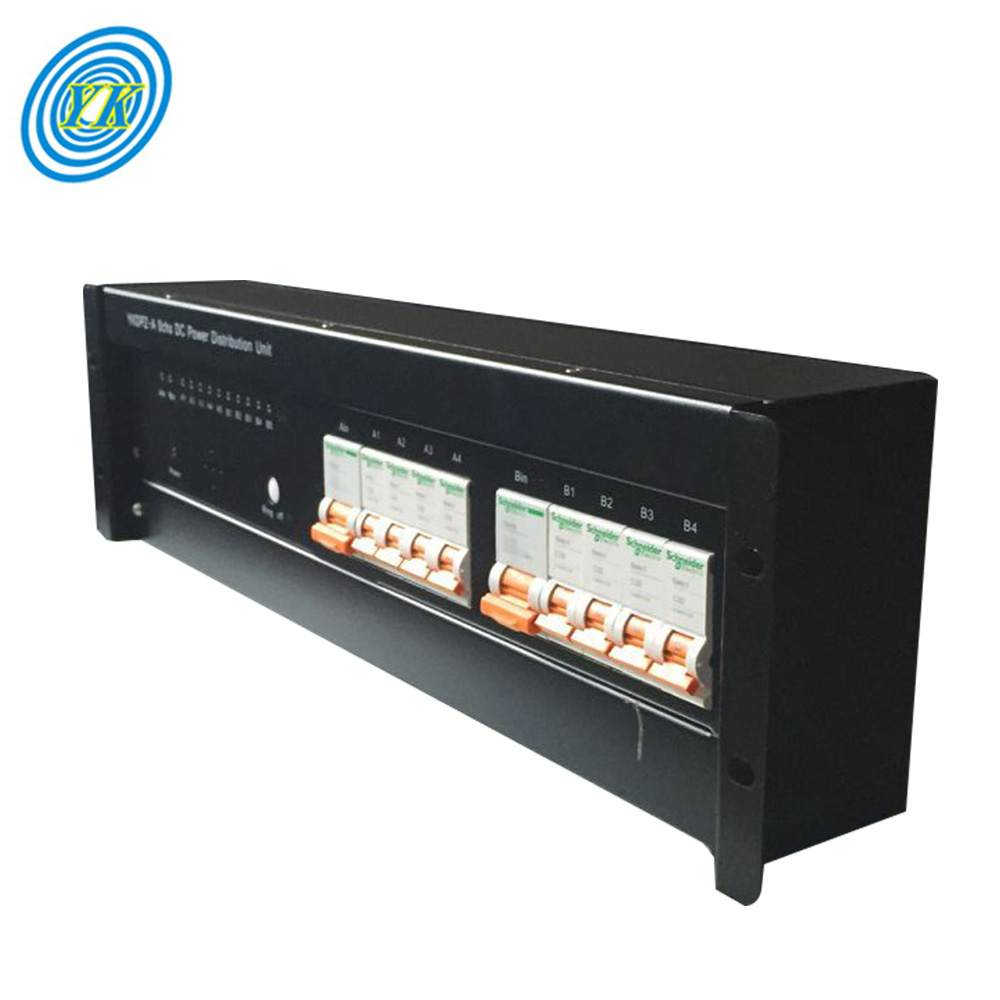
What role does a PDU-Power Distribution Unit play?
Click: 1187 Date: 06/12/2023 3::30::34 PM
Power Distribution Unit (PDU) is a critical component in data centers and networking environments for delivering power to various server and networking equipment.Recently, a team of researchers from the Electrical Engineering department at California State University Sacramento have introduced a novel approach to PDU technology which allows for greater efficiency, reliability, and real-time monitoring capabilities. Their design centers around the integration of digital signal processing (DSP) technology into the PDU, which dramatically transforms its capabilities By leveraging DSP algorithms, the PDU is able to dynamically regulate voltage frequency, and power consumption of the devices it is powering. This not only results in greater energy efficiency, but also ensures that each device receives only the power it requires, without compromising performance.Furthermore, the DSP-powered PDU incorporates advanced monitoring and reporting capabilities, including detailed analytics of real-time power consumption, environmental factors, and energy usage patterns. This provides administrators with a wealth of valuable information, allowing them to optimize power usage and reduce energy costs.Overall, this new approach to PDU design has significant implications for data center and network efficiency while also reducing environmental impact. The team's research has already garnered interest from industry leaders, and future developments in PDU technology are likely to incorporate these novel techniques.
